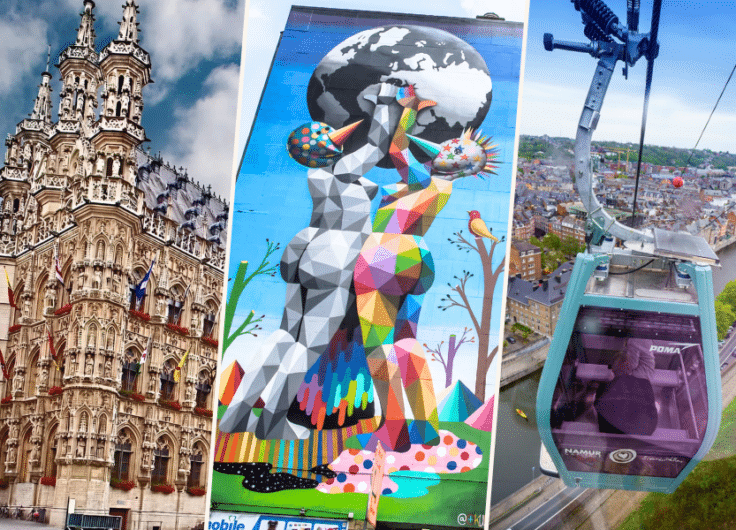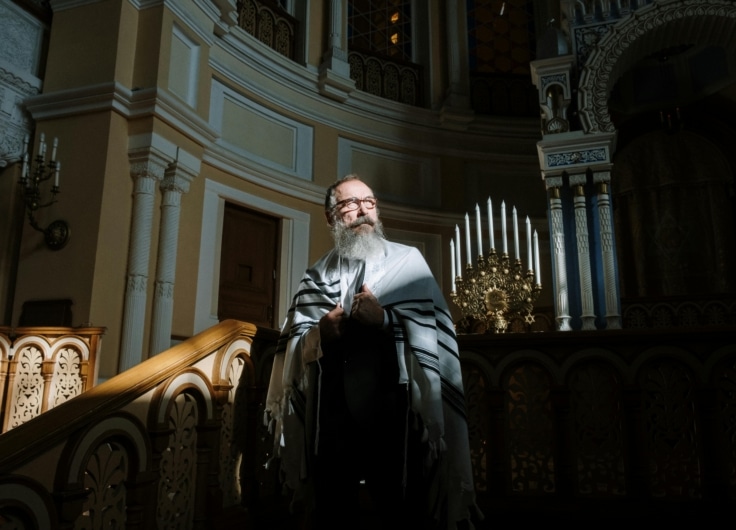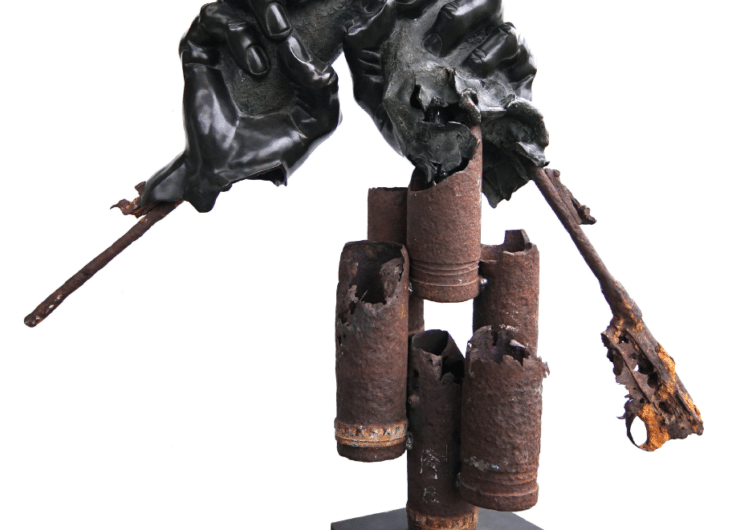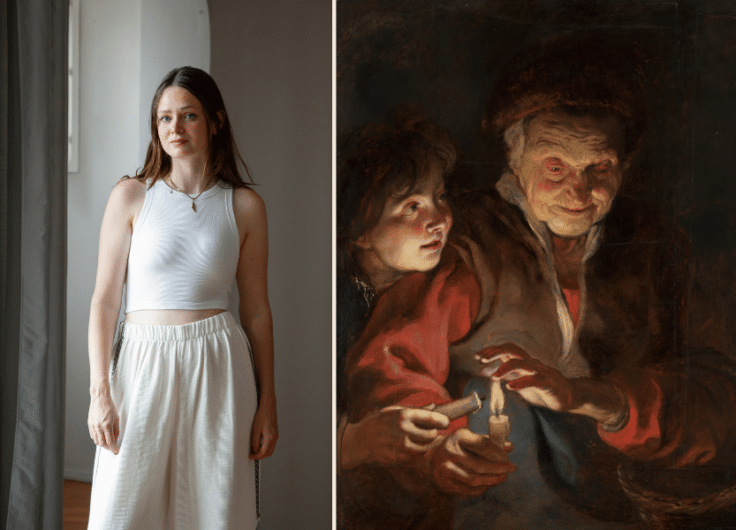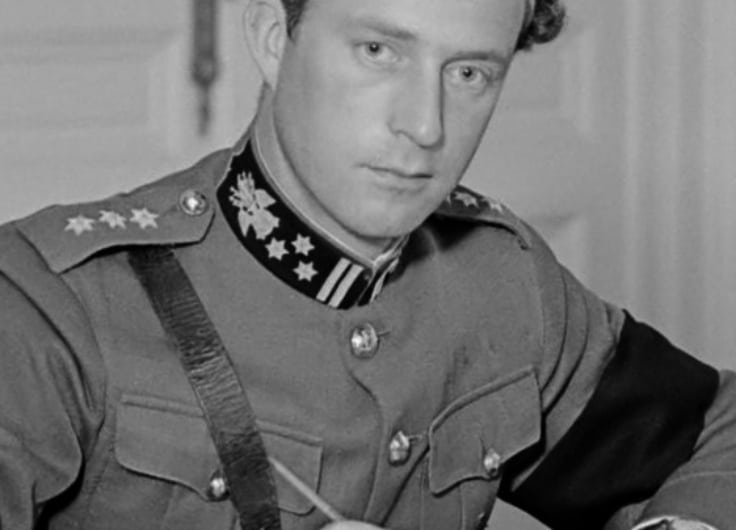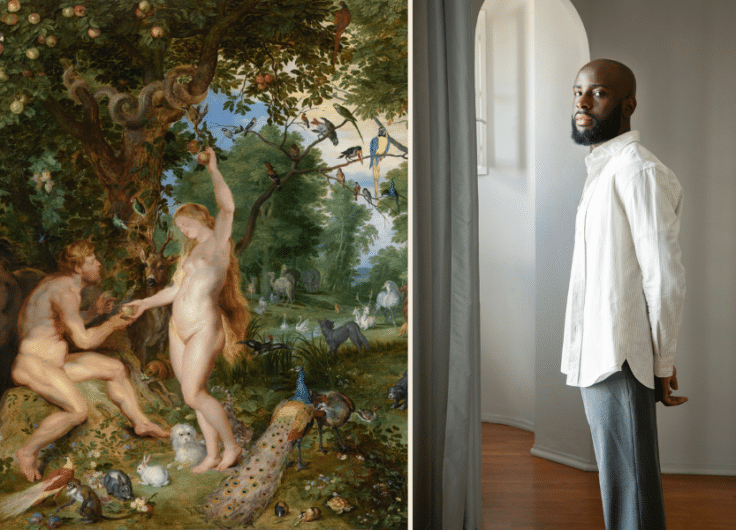Whenever Derek Blyth visits Amsterdam, he can’t help but pop into the iconic Athenaeum Boekhandel. ‘Buying a book there is almost a religious experience.’
It was a ritual every Saturday when we lived in Amsterdam. We left our apartment in the red-light district, dodged the brothel lady scrubbing her step, walked down Kloveniersburgwal, stopped for a sandwich at De Jaren, then headed across Rokin. Our destination was De Athenaeum Boekhandel on Spui, where we’d pick up the latest novel, wait while it was wrapped, then head off to De Molenpad for a Grolsch.
The Spui in those days had a hint of New York. A bookish, intellectual, leftish sort of place. And that was because of the Athenaeum. It was established in 1966. At the time, Spui at the time was ‘a miserable square, filled with cars,’ according to co-founder Rob van Gennep.
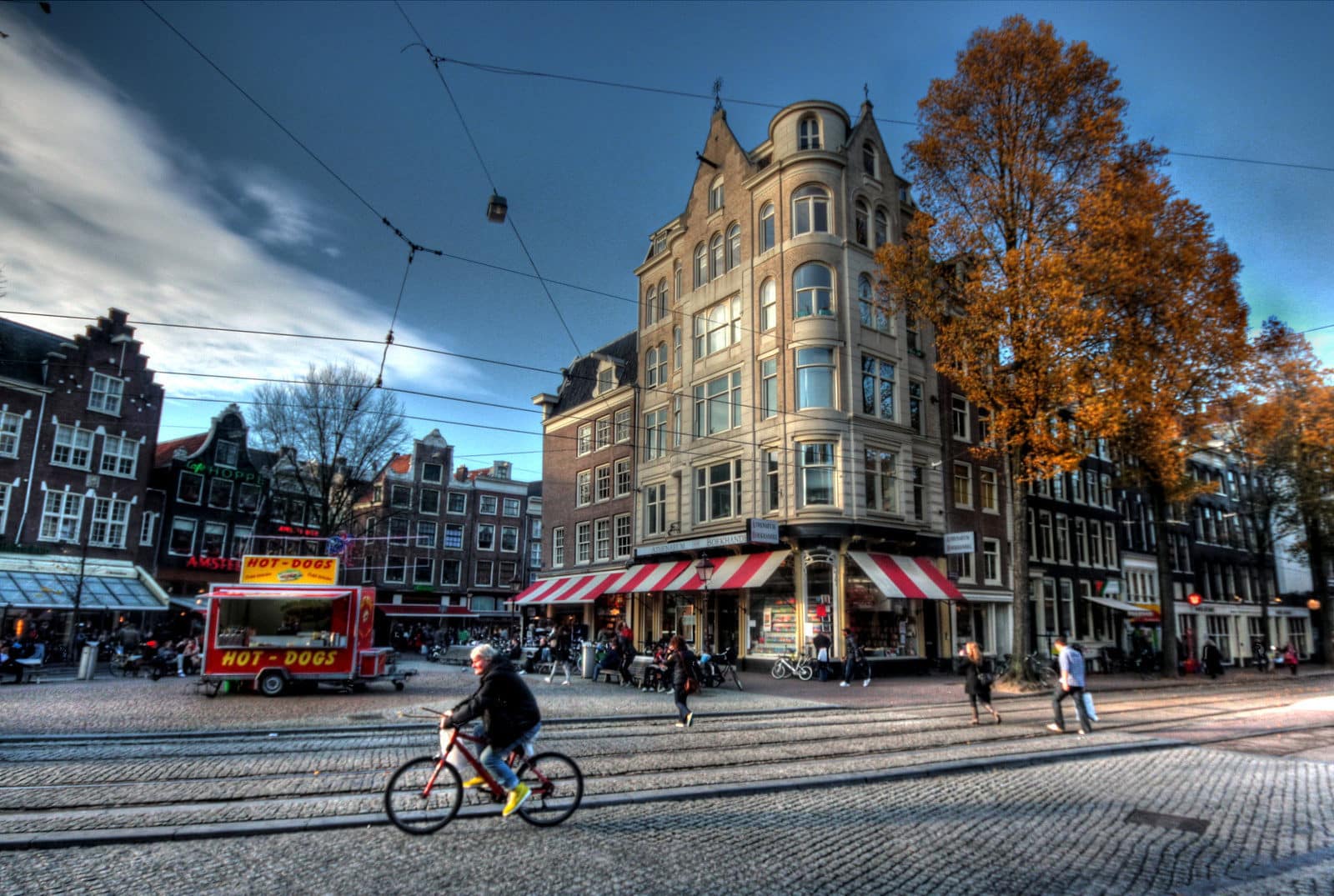 Athenaeum Boekhandel
Athenaeum Boekhandel© Flickr / Philip Menke
Van Gennep’s bookshop took over a gorgeous corner shop with just a hint of Art Nouveau in the big curved windows. Looking inside, you saw a carefully considered arrangement of the books that mattered, accompanied by reviews clipped from De Volkskrant or NRC. A spot in the window display was almost as important as winning the Nobel Prize.
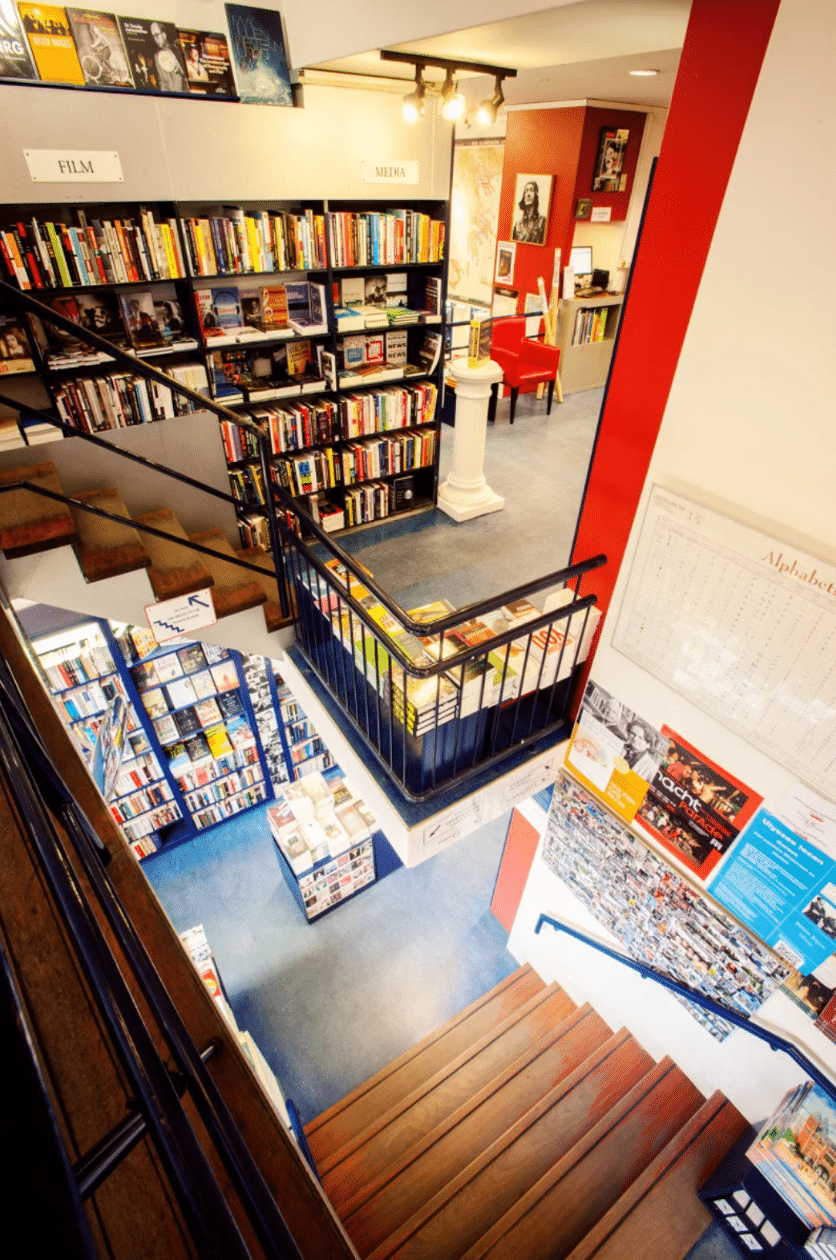
© Athenaeum Boekhandel
The interior spaces were designed by the architects Wiek Röling and Patrice Girod, who had studied together at Delft Technical University. It was a labyrinth of narrow passages and wooden staircases that led to little underground rooms and attics dedicated to art or the classics. Someone once compared it to a drawing by Escher.
You can prowl around the interior on Google Maps, check out the little rooms, see what they are selling. But you really have to visit the bookshop, at least once in your lifetime, if you love books. You pick something interesting, take it to the counter, and wait patiently while the assistant wraps it up in thick creamy Athenaeum Boekhandel paper. It feels almost like a religious experience. More than just a bookshop anyway.
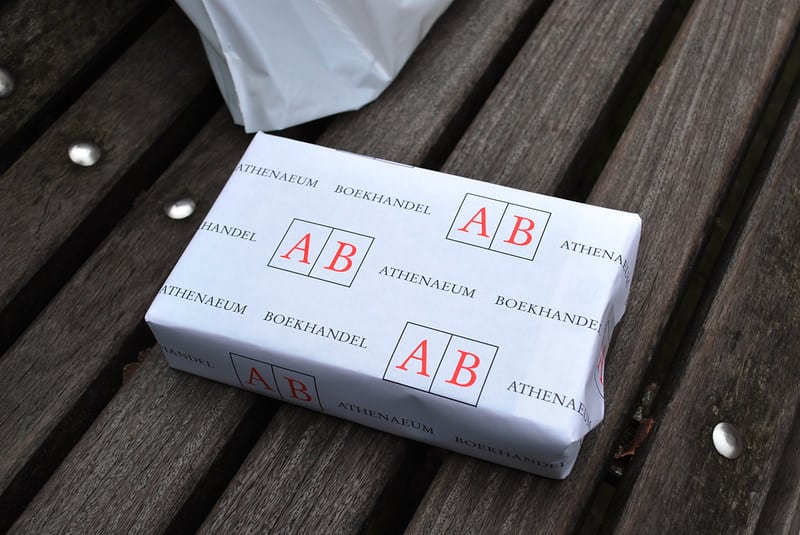
© Flickr / Sarah Marie Mygind


